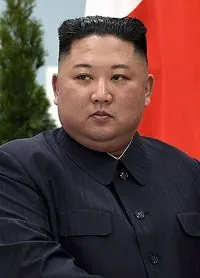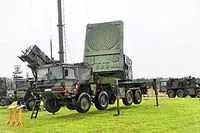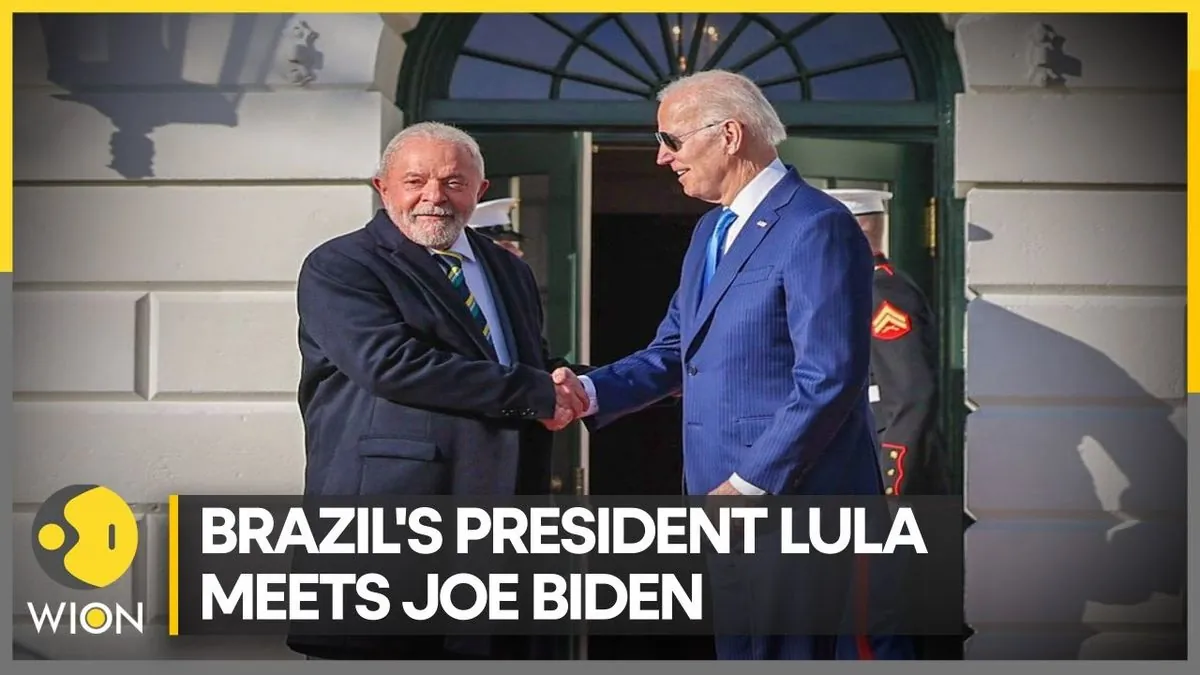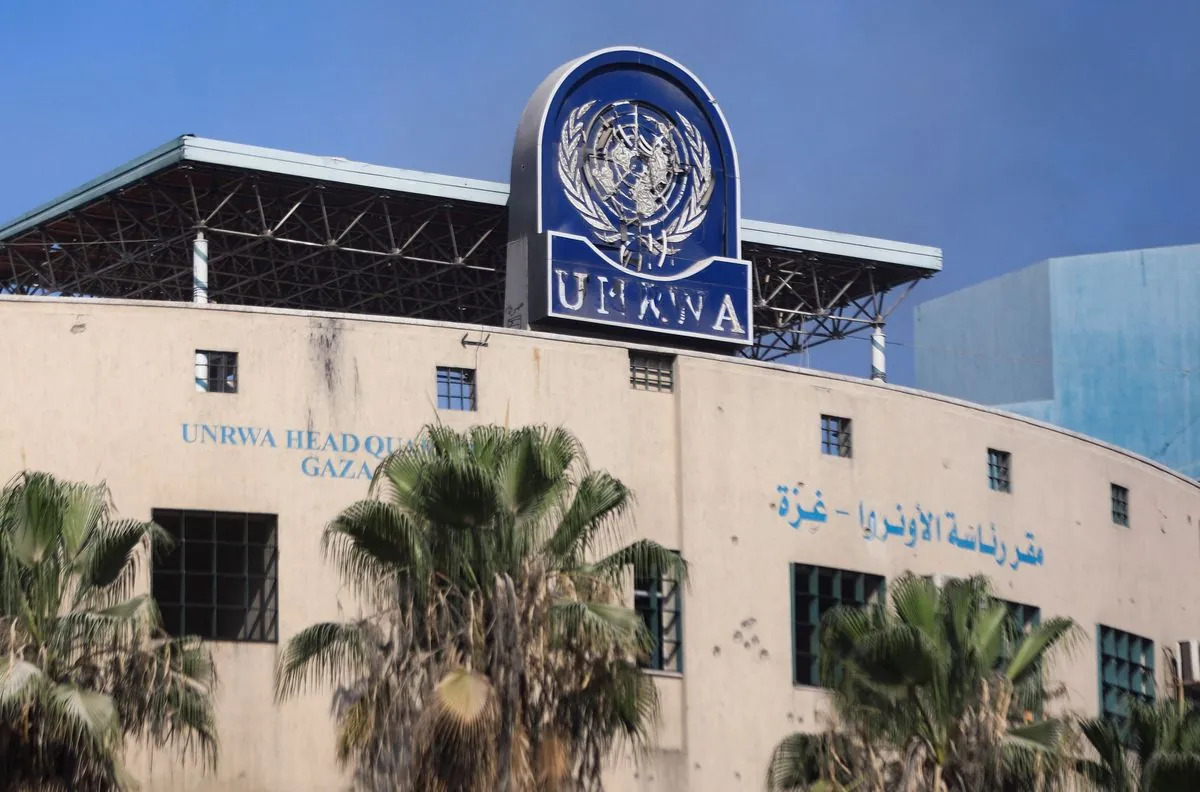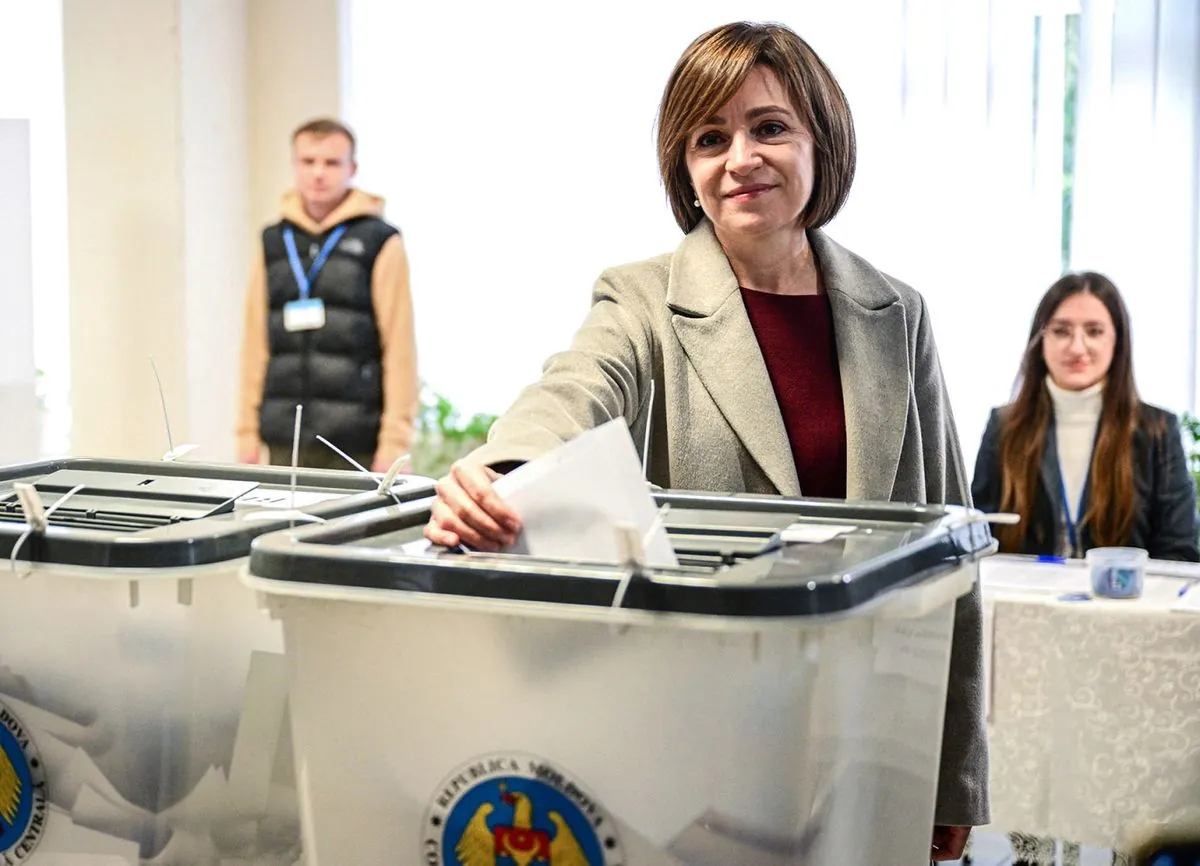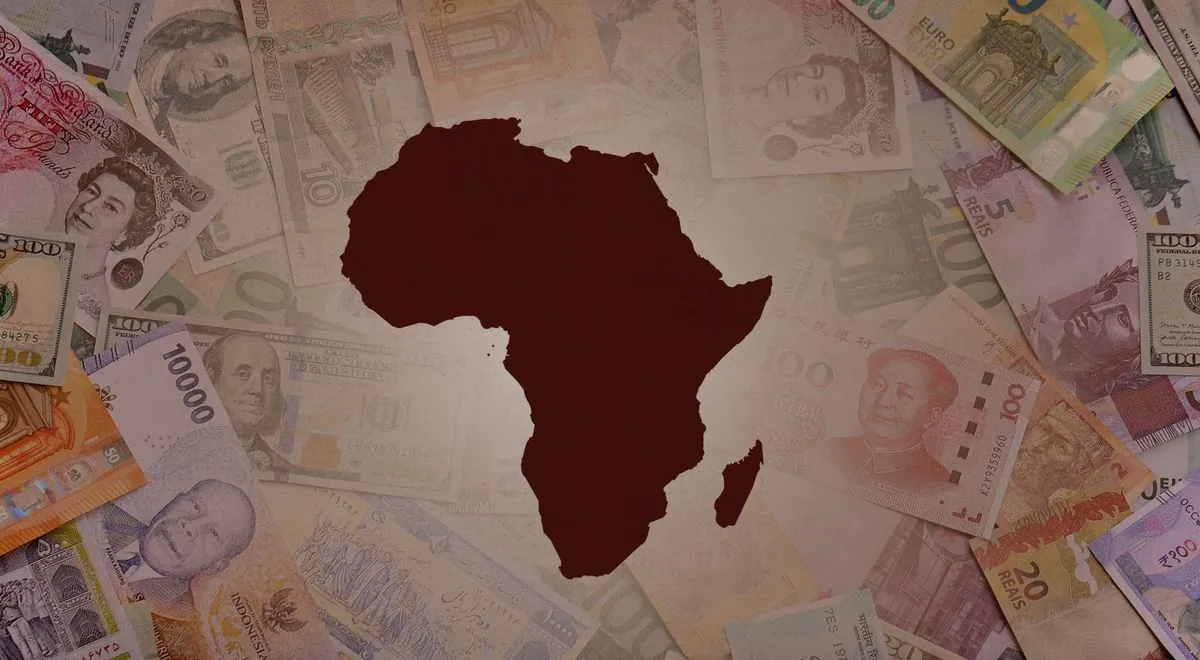Baltic Freedom Anniversary Highlights Russia's Territorial Withdrawal Patterns
As Estonia and Latvia mark 30 years since Russian troop withdrawal, Ukraine's struggle underscores the historical challenges of reclaiming occupied territories from Russia. Analysis reveals key factors in Moscow's territorial concessions.

On August 31, 2024, Estonia and Latvia commemorate a significant milestone: three decades since the departure of Russian troops from their soil, marking the end of a 50-year occupation. This anniversary serves as a poignant reminder of the ongoing conflict in Ukraine, where approximately 18% of the country's territory remains under Russian control.
The historical pattern of Russian territorial withdrawals suggests two primary scenarios: forceful expulsion or a shift in the cost-benefit analysis due to regime collapse. The 20th century witnessed two such collapses of the Russian empire – in 1917 with the communist coup and in 1991 with the dissolution of the Soviet Union. These events created opportunities for smaller nations to assert their independence.
Vladimir Putin's current calculus favors continuing the war in Ukraine. However, recent Ukrainian incursions into Russian territory have begun to challenge this stance. The capture of about 500 square miles of Russian soil in the Kursk region has altered the conflict's dynamics, potentially paving the way for future territorial negotiations.
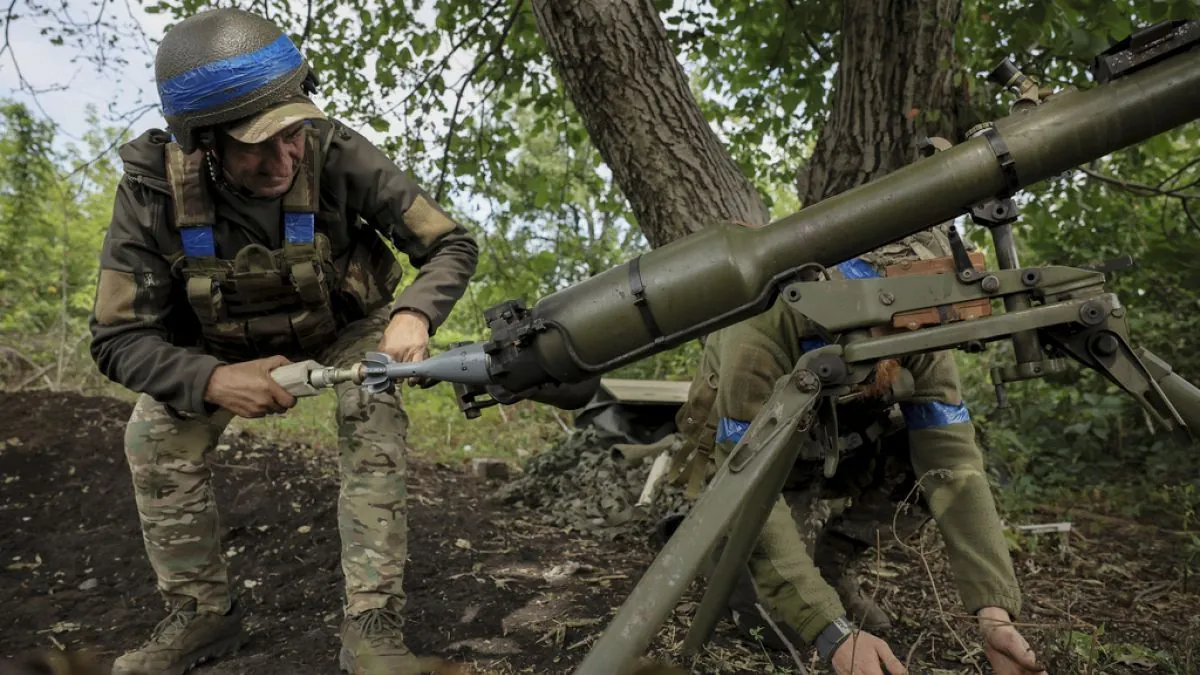
Historical precedents offer insights into Ukraine's prospects for regaining occupied territories. The Baltic states achieved independence following the chaos of the 1991 Soviet coup, but it took three years of diplomatic efforts to secure the withdrawal of Russian troops. Boris Yeltsin's decision to withdraw troops from Estonia in July 1994 was influenced by a desire to maintain good relations with the West and economic considerations – factors that hold little sway with the current Russian leadership.
"He could not give away what the Russian nation had gained."
The experiences of Finland and Japan further illustrate the challenges of dealing with Russian territorial ambitions. Finland's fierce resistance in two wars against the Soviet Union allowed it to maintain independence, albeit at the cost of losing 10% of its territory. Japan's extensive diplomatic efforts under former Prime Minister Shinzo Abe to resolve the Kuril Islands dispute proved fruitless, with Russia unilaterally ending talks in March 2022.
Western leaders have emphasized the need to increase the cost of Russian aggression. However, the effectiveness of economic sanctions has been limited, and restrictions on Ukraine's use of long-range weapons have constrained its ability to target military installations within Russia. Despite these limitations, Ukraine's recent actions demonstrate that there is room for bolder strategies in countering Russian aggression.
The full restoration of Ukraine's territorial integrity may require another collapse of the Russian empire – a scenario that, while potentially years away, aligns with historical patterns. A Western "reset" with the current regime seems unlikely without compromising Ukraine's independence and core principles of European security.
As the Baltic states celebrate their hard-won freedom, the ongoing conflict in Ukraine serves as a stark reminder that vigilance against Russian imperialism remains crucial for its neighbors. The path to lasting peace and territorial integrity in the region continues to be fraught with challenges, shaped by the complex interplay of historical legacies and contemporary geopolitical realities.














